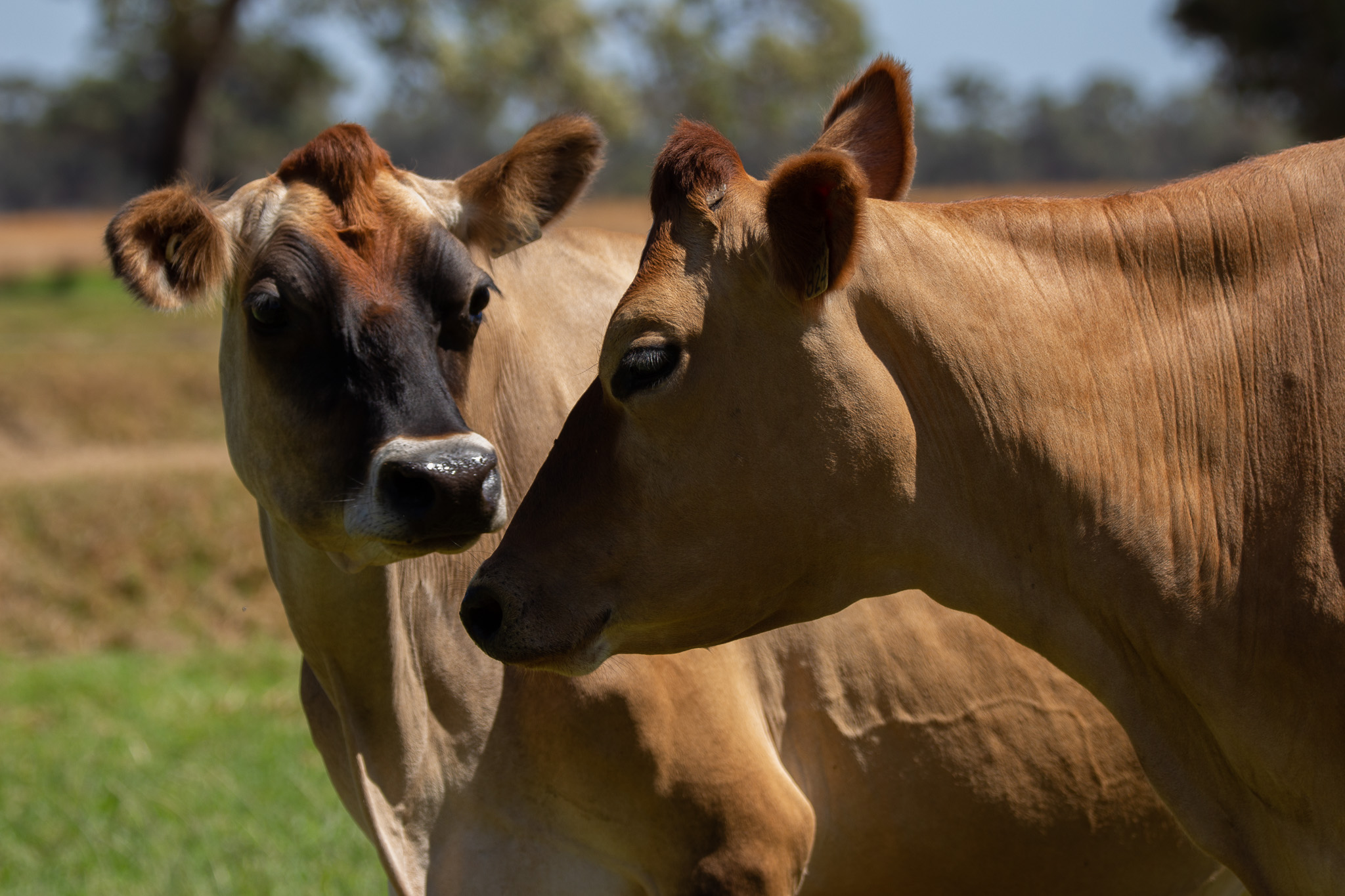
Milne Feeds customers know we’re in the business of selling pellets. That’s a given. But it’s also in our interest that our customers remain profitable, because farmers leaving the industry isn’t good for anyone. So, when we see opportunities to improve farm profitability, we like to call it out.
Take dairies that have invested in their own mash mill infrastructure and use home mixes. It makes sense to utilise that investment but, at certain times of the year, it might be best used a little differently.
In spring, when pasture is lush and delivering maximum protein at 20-25%, the shortfall in the ration is energy.
The home mixer has a few levers available to increase energy intake in early lactating cows. The obvious one is cereal, such as wheat or barley. However, cereal, especially wheat, has an acidosis limit of around 5kgs per day, so that lever can only be pulled so far, leaving a shortfall.
So, the home mixer turns to nature’s compound pellet:lupins. These can be added to the 5kgs of cereal grains to boost energy levels. Lupins are rare in that they combine high levels of safe energy, fibre and protein. That’s a positive, but also a downside, because when pastures are already providing ample protein, the extra protein in lupins can’t be dialled down. It comes along for the ride.
Early lactating cows only need around 17.5% crude protein (CP) in the total ration for efficient milk production. Beyond that, the cow must expend energy breaking down the surplus protein into ammonium nitrate. Most dairy farmers know this well. You can smell it in the shed and see it in the dead patches on pasture. But with limited options, lupins still get added to the mix, and the cow can lose up to 2 litres of milk production per day. Energy that could have gone into milk instead goes into breaking down excess protein.
Although not optimal, it makes sense, as the production loss is offset by the affordability of the feed.
But does it still stack up? When lupins were around $300 per tonne, yes. But with lupins running at around $500 per tonne, delivered, for the past 18 months, another lever is firmly in play.
The alternative is Milne Feeds' Maximize®. At 14% protein, including some canola meal for by-pass protein, Maximize® helps dilute high-protein pasture, yet delivers 13MJ of energy per kilogram, like lupins. It can be fed without fear of acidosis, solving the energy problem at a similar cost but without the production losses. Plus, Maximize® comes with a full complement of minerals and vitamins, which is a small bonus for high-producing cows. A win for the farmer and the cows.
The only requirement is to blend Maximize® pellets with your 5kgs of cereal grains after the mill. Ask Jonno how - it’s easily done. Just don’t put them into a silo that feeds into the mill.
If you don’t use the lupins sitting in the silo during spring, what do you do with them? Add them to the ration in summer, when lower-protein silage is being fed. That makes more sense.
The maths here depends on lupin prices. What will they be in spring? Most likely very similar to now, as it will still be old crop in use. New crop lupins, often harvested last, won’t come in significantly until December.
Want to know the current Maximize® price? Give Jonno, our Dairy Sales Manager, a call on 0407 766 444.